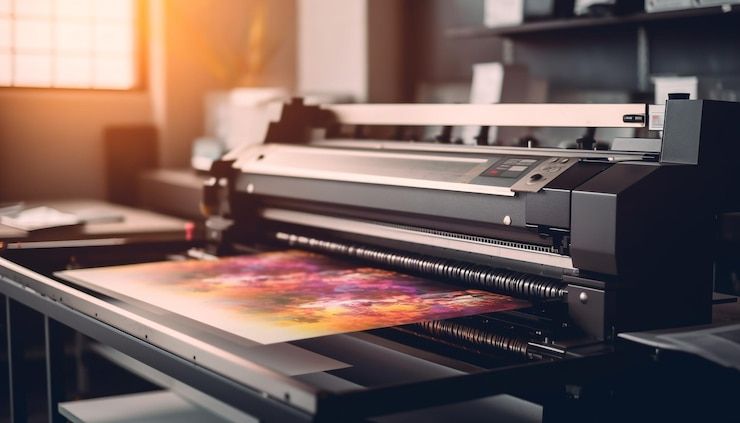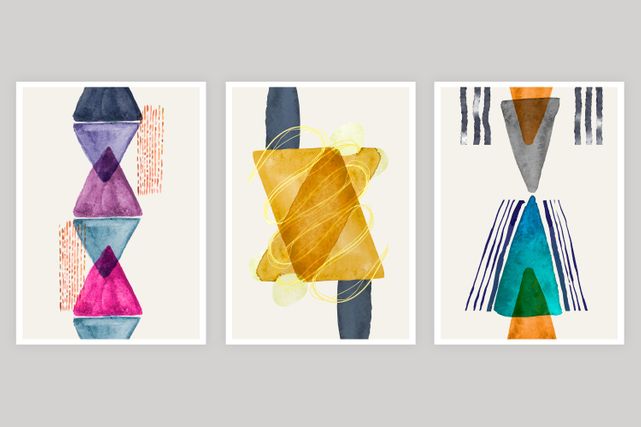Photographic prints are a type of artwork that closely aligns with photography and the skillful manipulation of light. These prints are created by exposing light-sensitive paper to an image, which is then developed through a chemical process to produce a physical picture. The image itself could be captured traditionally using film or generated digitally.
In the modern digital era, the image is usually captured with a digital camera and stored as a digital file. This file is then refined and processed through photo-editing software to bring out the best possible colors, sharpness, and contrast. Once the image is prepared, it's transferred onto the photographic paper through a high-quality photo printer, resulting in a photographic print. The type of paper used is often glossy, satin, or luster, each offering different aesthetics.
Photographic prints can be characterized by their high degree of sharpness, detail, and color depth. They are known for their lifelike quality, capturing a scene or subject with a high degree of realism. This effect is further enhanced by the smooth, glossy, or semi-matte finish that is typically associated with photographic prints.
Commonly used in a variety of settings, photographic prints are perfect for showcasing landscapes, portraits, cityscapes, and a wide array of other subjects. They are widely seen in photo albums, galleries, exhibitions, and commercial spaces, where they serve both decorative and expressive purposes.




